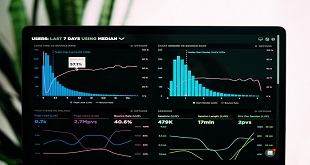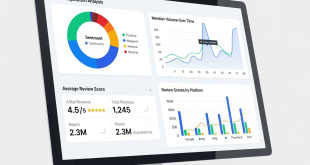Before you launch that new product or service, don’t forget to perform market research to make sure you will be filling one of your ideal customer’s unmet needs. From Defining Your Target Consumer, we know that this ideal customer, or target consumer, is someone who “is both interested in your product or service and willing to purchase it.” Well, how do you find this person? Market research is the answer. This article is the first in a series of posts that will explore how you can incorporate market research into your budget, even if it’s small. To start, we’ll explore the definition of market research and the most popular types.
According to Merriam Webster, market research is “research into the size, location, and makeup of a product market.” The data gathered should be used to inform pricing strategy, ad campaigns, new products or services and a host of information that can only be gathered from consumers. There are two types of market research: secondary and primary. Secondary research involves you using public data and other indirect sources to gather information about your target. These can often be quantitative studies conducted by other companies or research firms. This would include things like demographic data from the most recent Census. It could also encompass reading annual reports of competitive firms or industry web sites. Primary research, on the other hand, is data you collect directly from your consumer. Some of the most popular types of primary research include focus groups, surveys and one-on-one interviews. While primary research data is valuable, it is often not enough because most small businesses do not have the time or budget to reach a large subset of their target consumer at once. Make sure your market research plans include a combination of both secondary and primary sources. You may also want to outsource your research efforts. You can use companies like Circle Research who can help you conduct in-depth market research.
If you decide to study market research seriously and are willing to pay for it, you could grab a marketing degree available from one of the many online schools out there. In these classes you are sure to learn more about primary and secondary market research. This would help you find your ideal customer.
We’d love to hear from you. What are your favorite small business market research sources?
 Entrepreneur Resources Your source for small business information
Entrepreneur Resources Your source for small business information





My favorite market research tools are Chicago Public Library. I can research from home even though it’s always a pleasure to hang there. Google is very convenient. The American Marketplace: Demographics & Spending Habits is a good source. Oh, how can I forget the US Census Bureau?